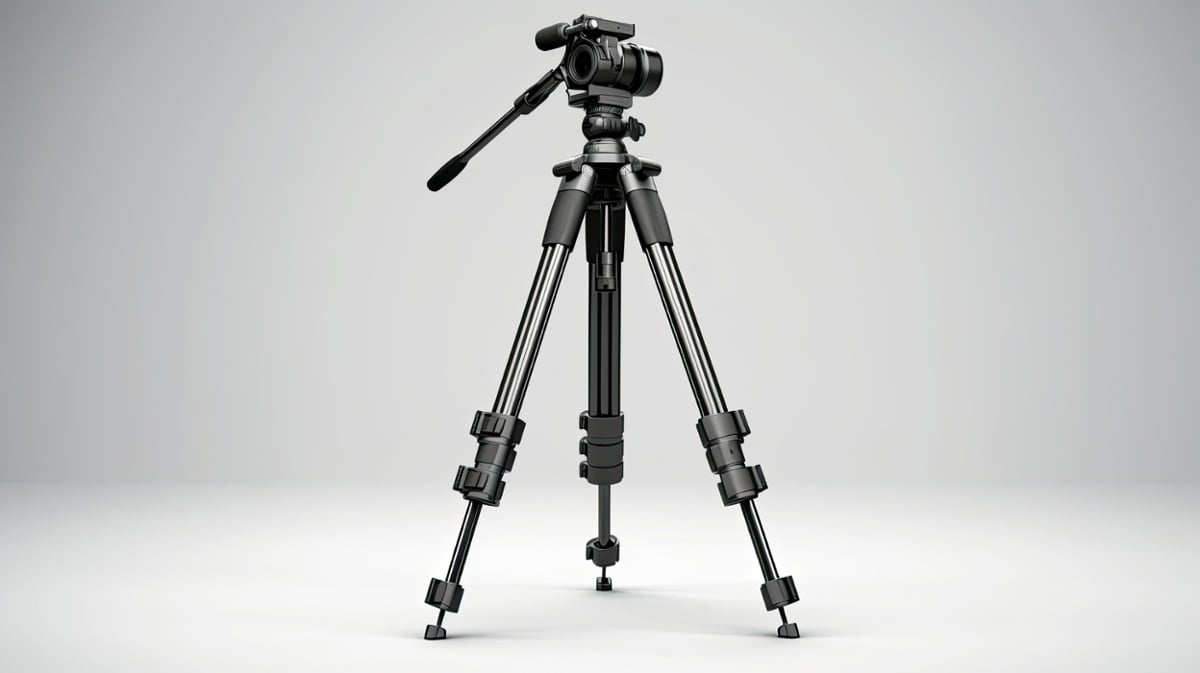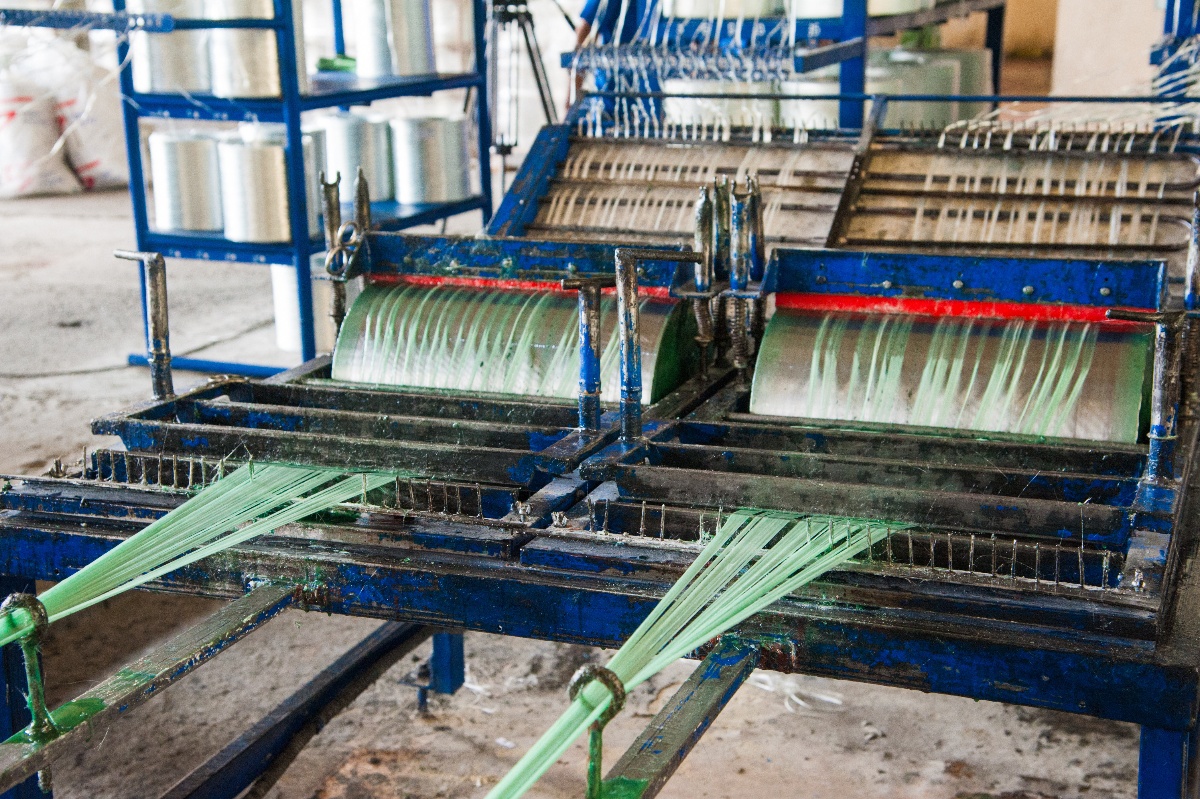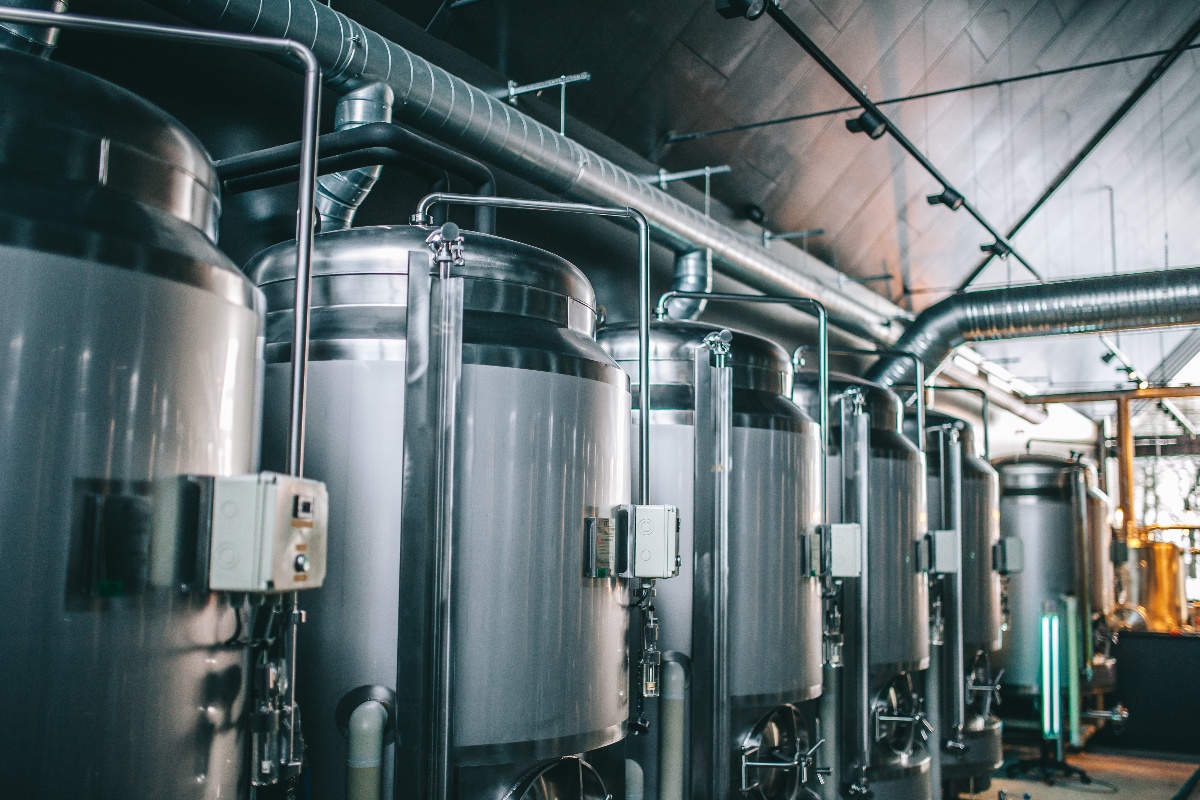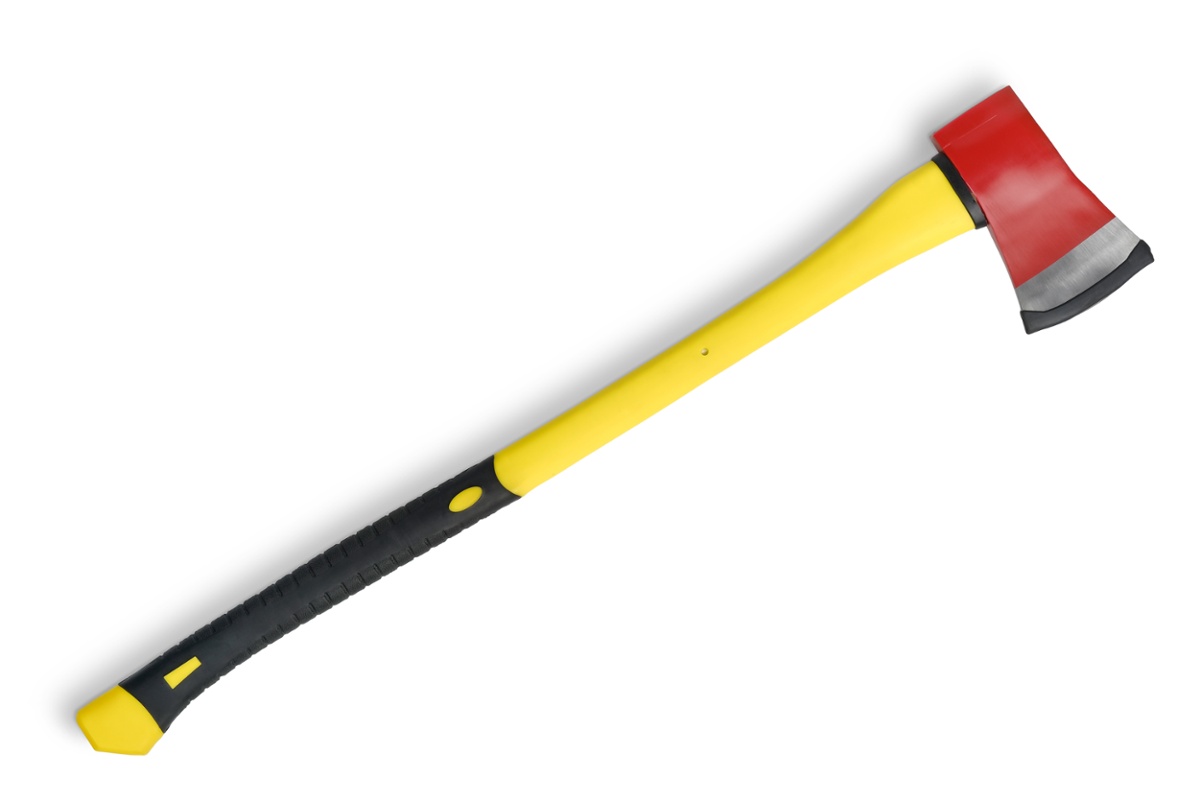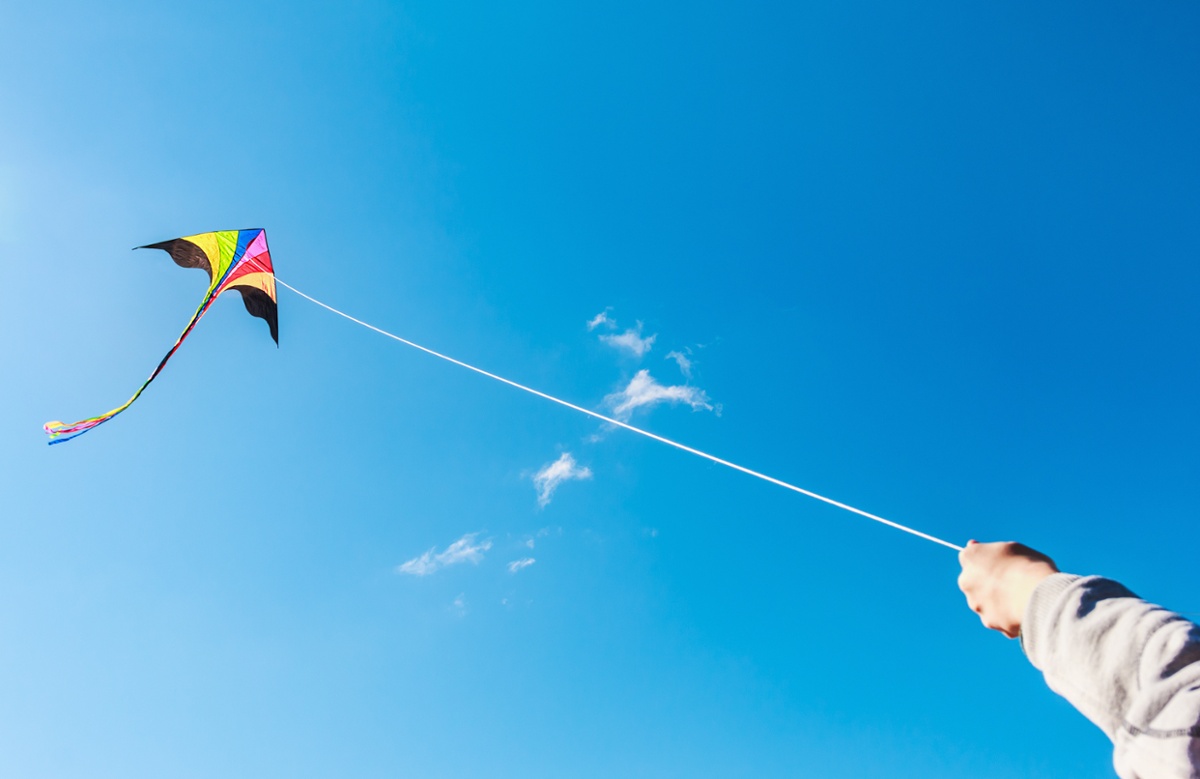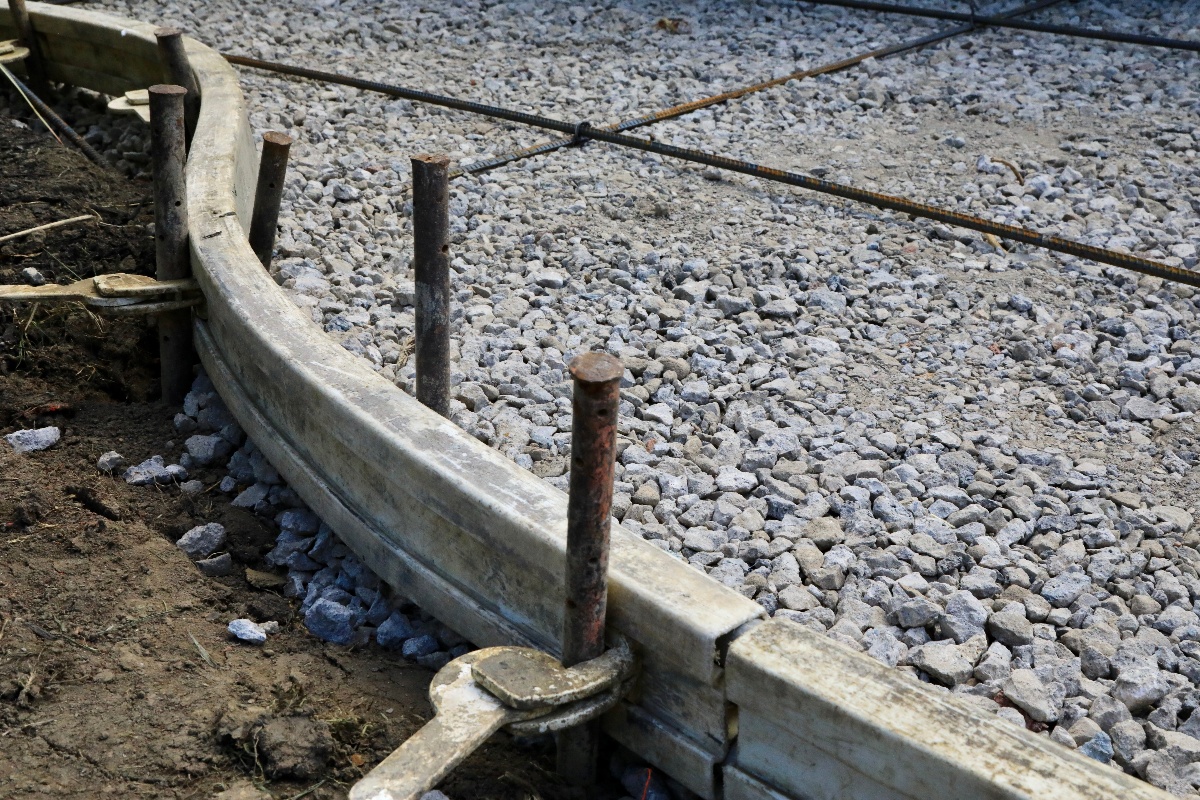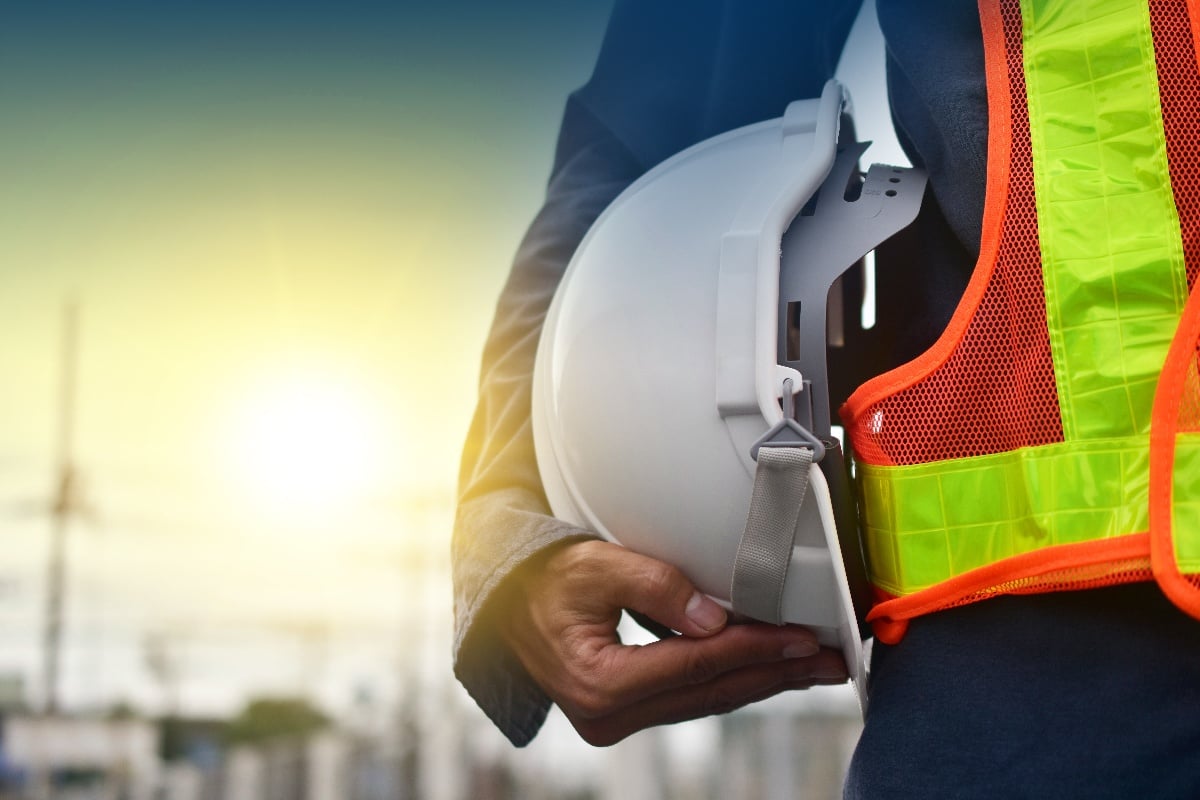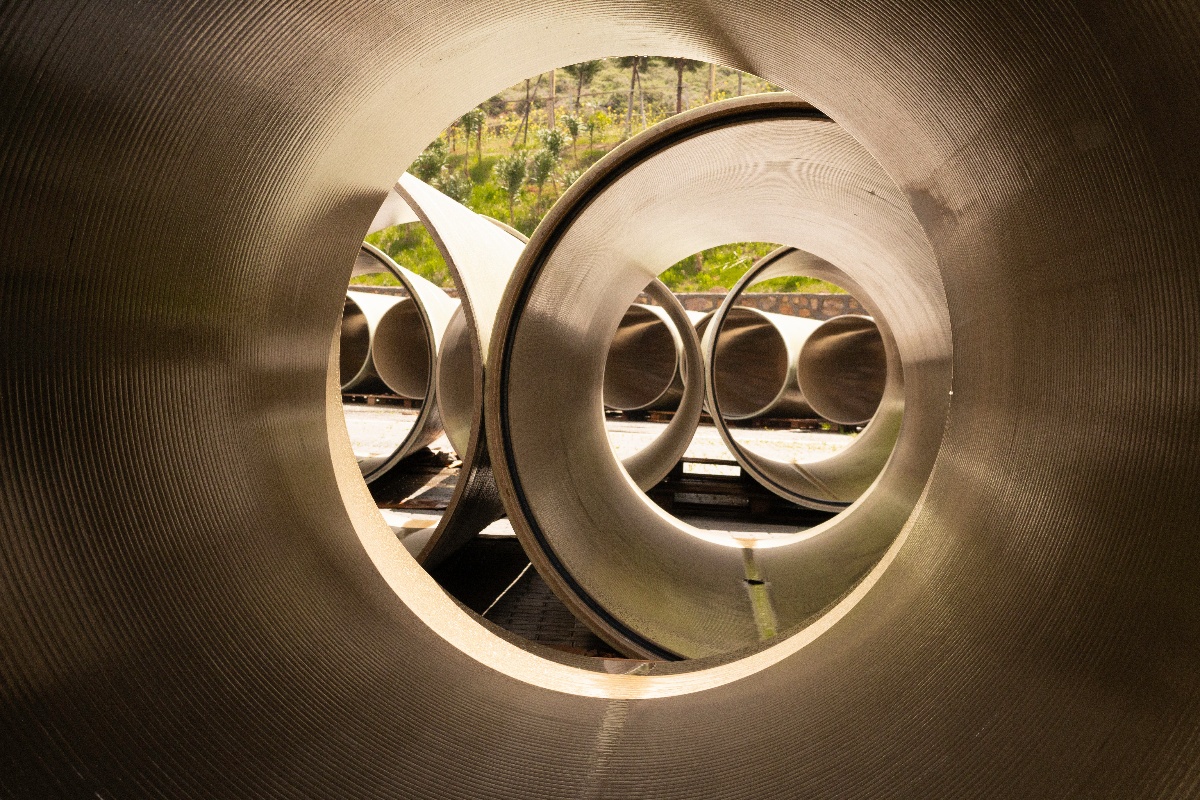
Tripods are utilized in a wide range of fields to provide stable platforms for various devices and applications. From professional photography and videography to construction surveying equipment, tripods play a critical role in ensuring steady and shake-free operation. However, not all tripods perform equally—proper design and material selection are key factors that determine the effectiveness, versatility, and longevity of these three-legged supports.
When designing a tripod, there are several key considerations that impact performance: stability, weight, durability, and cost. The ideal tripod provides maximum stability to resist tipping and absorb vibrations, while remaining portable enough for convenient transport. It can withstand rugged use in diverse environments over years of service, yet is affordable enough to suit most users' budgets.
Striking the right balance between these factors through careful engineering of the tripod structure, choice of materials and components, is essential to meet the stability, weight capacity and precision demands of the application at hand. This article will provide an overview of critical tripod design fundamentals and explore how material properties affect stability and resilience.
Understanding the Fundamentals of Tripod Design
The basic structure of a tripod consists of three legs connected at the apex, which has a mounting head or plate to attach the device being supported.
Tripod legs have various designs:
- Fixed legs are a single rigid pole of fixed length. They offer stability but lack adjustability.
- Telescoping legs can be extended or retracted in sections, altering leg length. This allows for versatility in shooting at different heights and levels.
- Folding/collapsible legs have hinged sections that can be folded for transport and storage. They compromise stability for portability.
Locking mechanisms are essential to rigidly fixing the position of telescoping and folding tripod legs. Common mechanisms include twist locks, flip locks, and cam locks. These leverage tension, friction, or compression to secure leg segments in the desired position.
The angle between the legs and the ground impacts stability. Wider angles provide a broader base of support, enhancing resistance to tipping forces. Most tripods have adjustable leg angles to improve stability on uneven surfaces.
Relatedly, adjusting the spread/width between tripod leg bases affects the size of the footprint and weight distribution. Wider spreads lower the center of gravity and improve stability.
Many tripods also incorporate a center column that allows additional adjustment of mounting head height. However, raising the column reduces stability by increasing the center of gravity height. The column also introduces vibration, which needs to be isolated in applications like photography. Removable center columns enhance versatility.
Ideal Tripod Material Properties
There is an inherent trade-off between tripod weight and stability. Lighter materials reduce weight to improve portability, but this comes at the cost of decreased stability. Heavier tripod legs and components increase stability but make the tripod bulkier to transport.
Wider tripod leg diameters and thicker leg materials provide more resistance to vibration and lateral forces acting to tip the tripod over. Carbon fiber legs offer an optimal balance, providing significant stiffness while remaining lightweight.
Vibration damping is the ability to absorb kinetic energy and smoothly return to rest. This is a vital characteristic for applications like photography and videography, where micro-vibrations must be minimized. Built-in damping mechanisms in the legs or mounting head isolate the equipment from low-level shakes.
Durability and Weather Resistance
Tripods utilized outdoors are exposed to dust, moisture, temperature extremes, and other environmental factors that can erode materials and components over time. Choosing legs, locks, and fasteners made from corrosion-resistant metals/alloys extends the service life. Same for moisture-resistant composites like carbon fiber.
Cost Considerations
Higher-performance materials like carbon fiber improve stability, dampening and strength-to-weight ratio but also increase cost significantly. Entry-level users can opt for aluminum alloy legs to balance performance and budget. However, components like leg locks and feet should not be compromised on quality for reliability.
Exploring Fiberglass Rods for Tripod Legs
Fiberglass is an intriguing material option to consider for tripod leg construction. Fiberglass rods offer an excellent strength-to-weight ratio, making them lighter than metals while still providing ample structural rigidity.
The mechanical properties of fiberglass make it well-suited for the tension, compression and vibration forces tripod legs are subjected to. Properly engineered fiberglass legs can match or exceed the stability of aluminum or even carbon fiber legs while weighing considerably less.
Additionally, fiberglass demonstrates good environmental resilience, handling temperature fluctuations, moisture and UV exposure well. Epoxy-bound glass fiber legs require little maintenance while demonstrating long service life.
Fiberglass legs can be produced at lower costs compared to exotic composites like carbon fiber, potentially matching the costs of aluminum legs. This makes fiberglass an appealing choice to create affordable yet high-performance tripods.
The dimensional stability of fiberglass also aids consistent rigidity. The coefficients of thermal expansion and moisture absorption are low, enabling reliable stability across different shooting conditions outdoors.
With appropriate engineering to optimize the laminate thickness, orientation and glass/resin ratios, fiberglass legs could provide compelling stability, durability and cost advantages compared to incumbent tripod leg materials.

